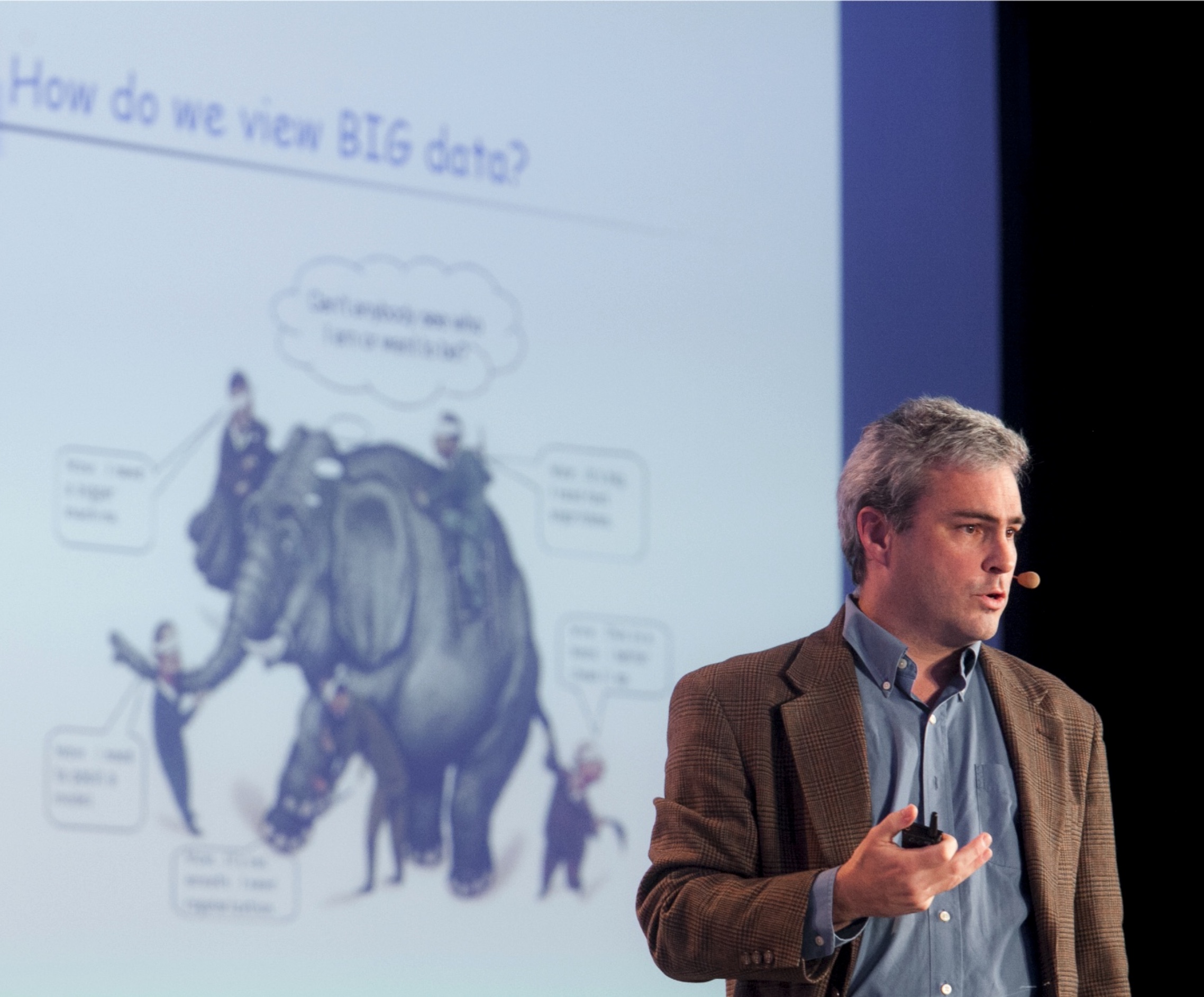Overview
| Date | May 5, 2023 (9 am - 18:00 pm US Eastern Daylight Time) |
| Link | https://iclr.cc/virtual/2023/workshop/12825 (ICLR registration required) |
| Location | Virtually |
| Schedule | Click here |
Backdoor attacks aim to cause consistent misclassification of any input by adding a specific pattern called a trigger. Unlike adversarial attacks requiring generating perturbations on the fly to induce misclassification for one single input, backdoor attacks have prompt effects by simply applying a pre-chosen trigger. Recent studies have shown the feasibility of launching backdoor attacks in various domains, such as computer vision (CV), natural language processing (NLP), federated learning (FL), etc. As backdoor attacks are mostly carried out through data poisoning (i.e., adding malicious inputs to training data), it raises major concerns for many publicly available pre-trained models. Companies relying on user data to construct their machine learning models are also susceptible to backdoor attacks.
This workshop, Backdoor Attacks aNd DefenSes in Machine Learning (BANDS), aims to bring together researchers from government, academia, and industry that share a common interest in exploring and building more secure machine learning models against backdoor attacks.
Featured Speakers
Speakers are in alphabetical order by last name.
 |
 |
 |
| Pin-Yu Chen IBM Research AI |
Wenbo Guo UC Berkeley |
Amir Houmansadr University of Massachusetts |
 |
 |
 |
| Ruoxi Jia Virginia Tech |
Bo Li UIUC |
Michael Mahoney UC Berkeley and ICSI |
 |
 |
 |
| Vitaly Shmatikov Cornell Tech |
Yang Zhang CISPA |
Ben Y. Zhao UChicago |
Panelists
Panelists are in alphabetical order by last name.
 |
 |
 |
| Pin-Yu Chen IBM Research AI |
Ruoxi Jia Virginia Tech |
Bo Li UIUC |
 |
 |
|
| Vitaly Shmatikov Cornell Tech |
Ben Y. Zhao UChicago |
Best Paper Award
- How to Backdoor Diffusion Models?
Sheng-Yen Chou (National Tsing Hua University & The Chinese University of Hong Kong), Pin-Yu Chen (IBM Research), Tsung-Yi Ho (The Chinese University of Hong Kong)
Organizers
 |
 |
 |
 |
| Guanhong Tao Purdue University |
Kaiyuan Zhang Purdue University |
Shawn Shan University of Chicago |
Emily Wenger University of Chicago |
 |
 |
 |
 |
| Rui Zhu Indiana University |
Eugene Bagdasaryan Cornell Tech |
Naren Sarayu Manoj TTIC |
Taylor Kulp-McDowall IARPA |
 |
 |
 |
|
| Yousra Aafer University of Waterloo |
Shiqing Ma Rutgers University |
Xiangyu Zhang Purdue University |